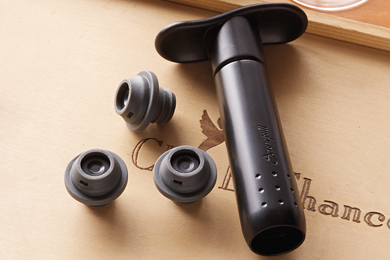
Your carefully chosen collection and exciting new wine club shipments are waiting to be enjoyed, but what if something goes wrong that will affect the flavor? Follow this guide to store wine in proper aging conditions along with tips to preserve it after a bottle is opened.
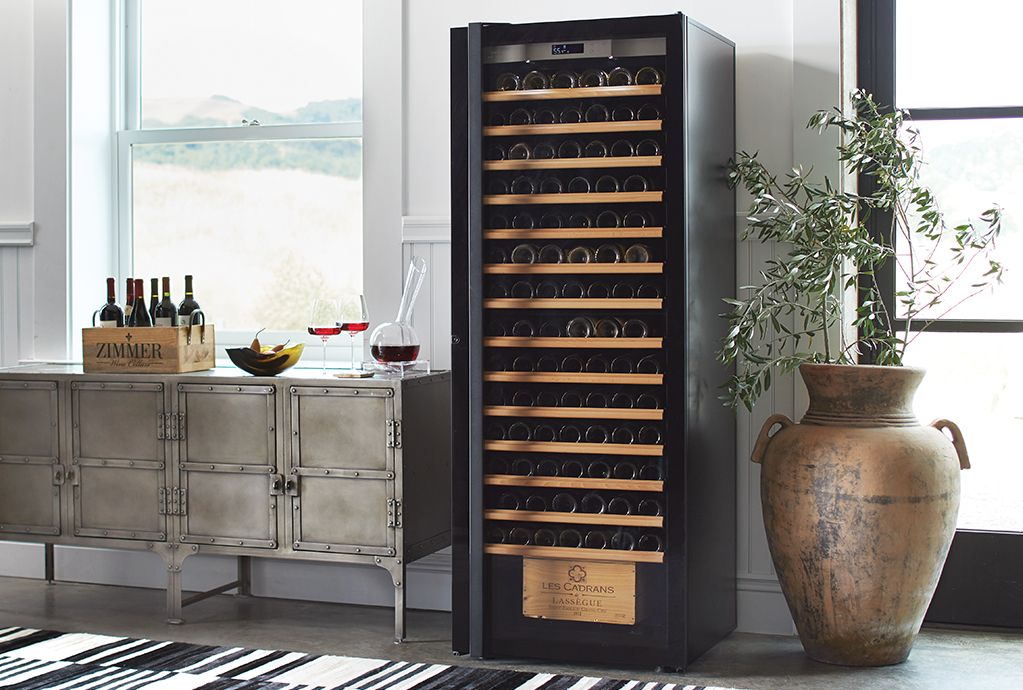
1. Store at Proper Temperature
This is one of the most important factors when protecting your wine, since unstable temperatures can damage the flavor profile. When stored in a warm or room temperature room, your wine will age at a rapid rate. Wine should never go below 45F (7C) or above 65F (18C). The ideal range is 55F – 60F (12-18C). This can be achieved through a simple built-in wine cooler in your kitchen or a custom wine cellar that showcases your prized bottles.
2. Wine Bottles Should be Horizontal
If you place wine on its side, the cork is kept moist, which will help preserve the wine as it ages. A dried out cork causes untimely maturing and can affect the wine quality. It is more efficient to store wine bottles in this way, to maximize storage space. Using diamond racks and bulk storage bins within your wine cellar will save additional room.
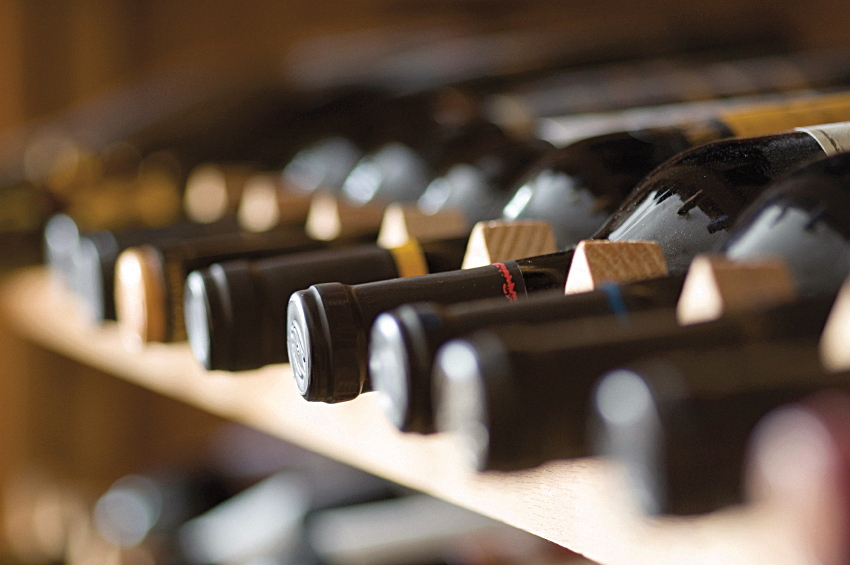
3. Avoid Vibration and Light
Whether you are planning to age your wine for years or drink it after a week, place the bottles in a dark, quiet location. Sunlight will negatively affect aromas and flavors; keep this in mind when deciding where to place your wine cabinet. Wine should be protected from any vibrations, such as exercise machines, vacuum cleaners, audio systems, etc. It can upset the residue in wine bottles and sensitive conditions that enable wine to age properly.
4. Maintain Correct Humidity
At low humidity, the cork dries out, which causes oxygenation that can change your wine. High humidity will damage the labels, making them difficult to sell or show off to friends. Try to keep humidity levels between 60-68 percent. If you are storing wine in a traditional cellar, make sure it has air-tight seals. Keep a dish of water with a sponge inside the room, if you are concerned about dry conditions.
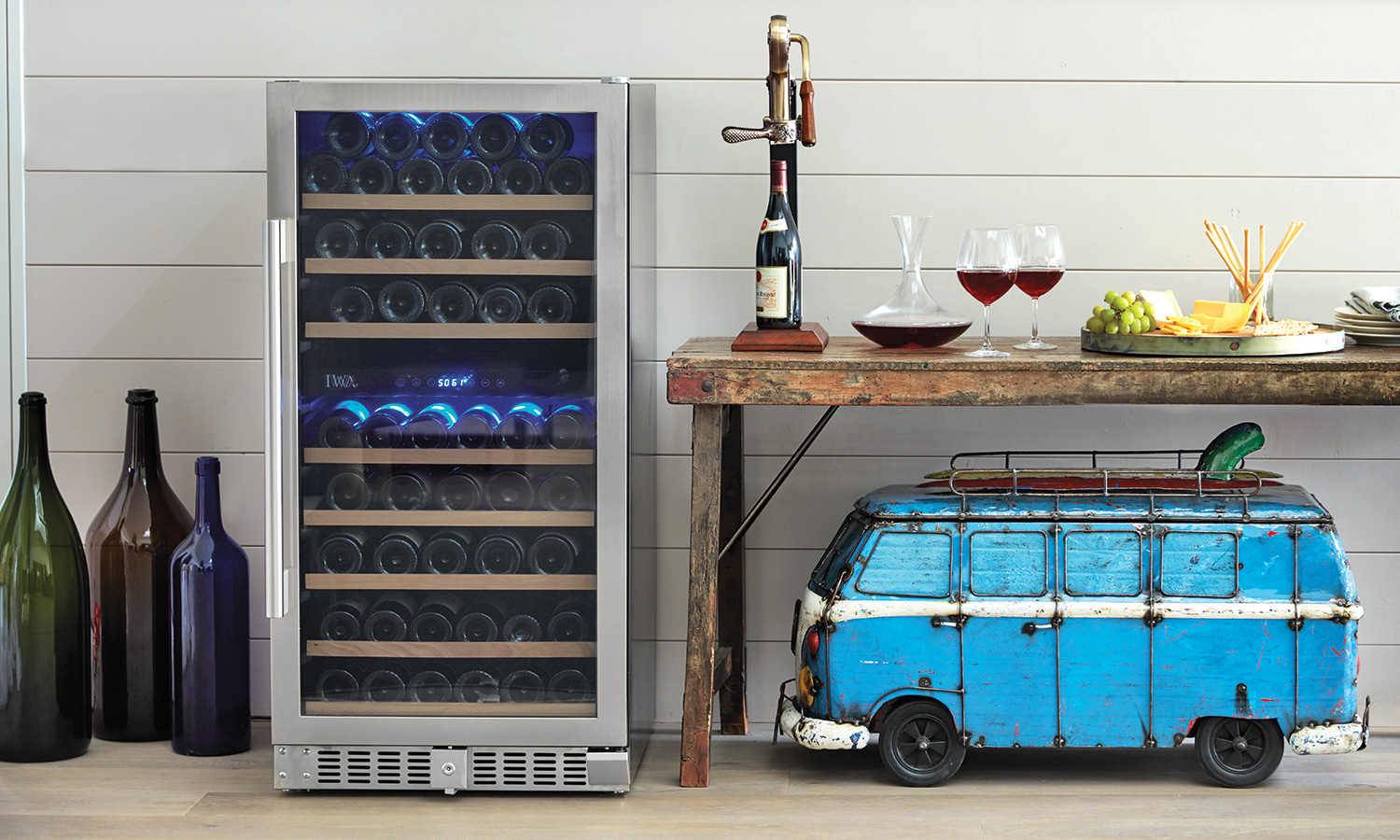
5. Don’t Use a Refrigerator
Wine should not be stored in a regular fridge, because they are not reliably cool and dark with stable humidity. Wine coolers (short-term storage) and wine cabinets (long-term aging) carefully keep wine at correct temperatures. Advanced storage options will also maintain humidity levels, such as Le Cache wine cabinets.
6. Vacuum Pump Preservation
After a bottle has been opened, oxygen becomes a concern, so you should remove the maximum air possible to lessen the impact on your wine. A vacuum pump is a must have tool for wine lovers who want a quick, easy way to preserve wine.
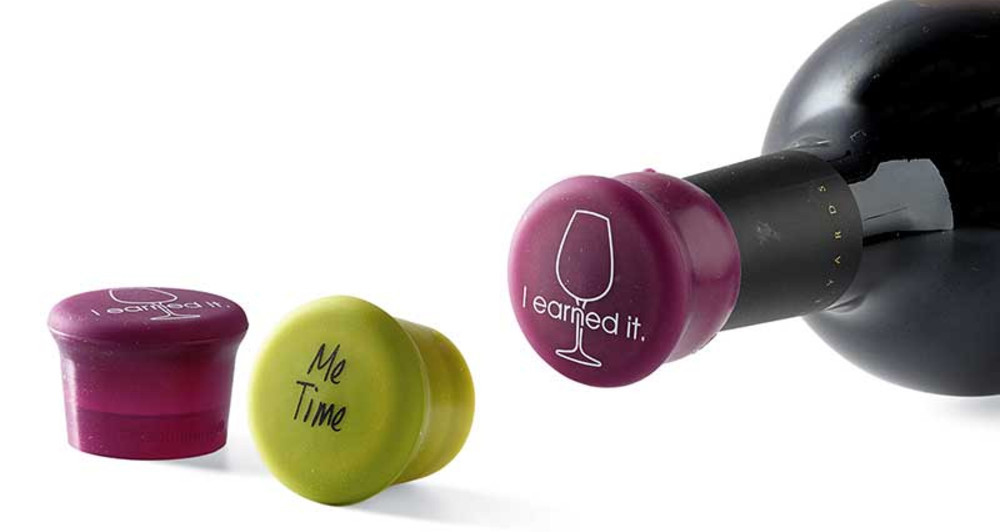
7. Wine Stoppers
It isn’t easy to re-cork a wine bottle, and sometimes the cork is too damaged to keep a proper seal after being opened with a corkscrew. Wine bottle stoppers will keep the liquid air tight and are available in fun, whimsical designs.
8. Nitrogen / Argon Preservation
Inserting inert gas in an open bottle of wine adds a protective layer between the wine and oxygen, without any side effects. Nitrogen, Argon or other blends of gases keep your wine fresh for weeks. You can find simple solutions, like Private Preserve, or hook up your wine bottles to a full dispensing system, such as the Basic Keeper from WineKeeper.
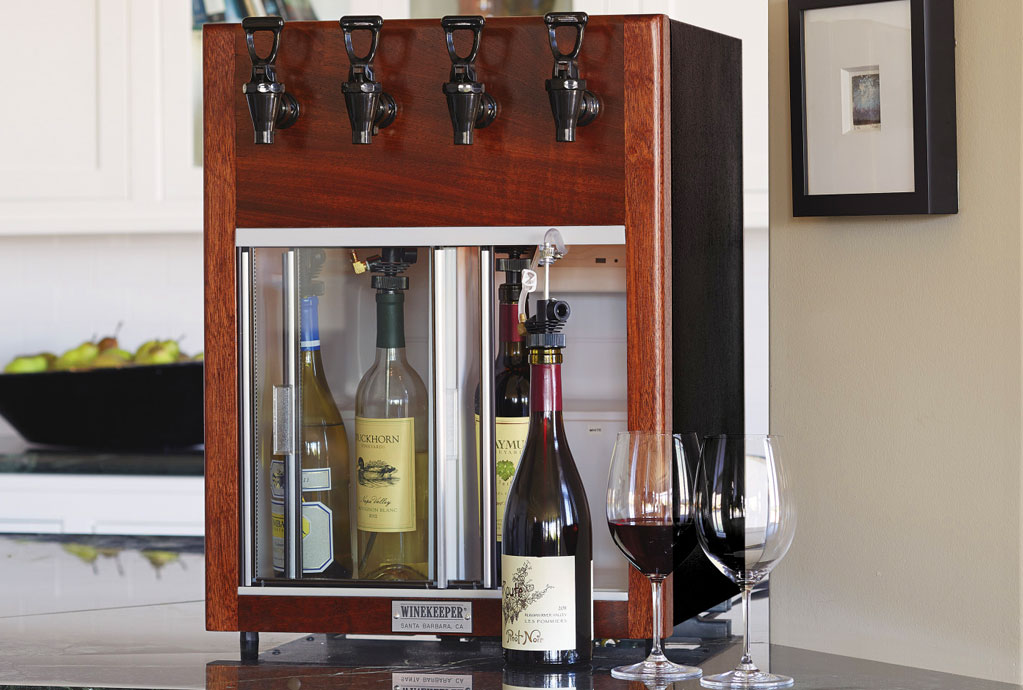
About Author:
Dereka Adam is a chemist at Del Mesa Liquor and experiments with winemaking and different innovative ideas.